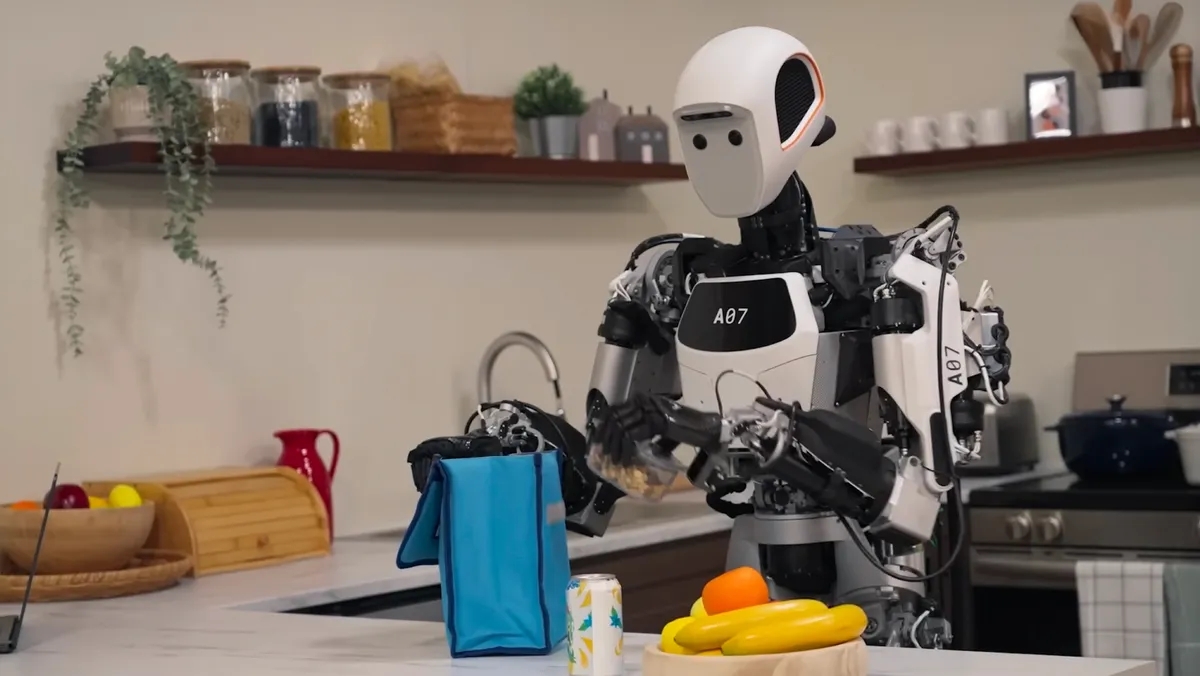Gemini 2.0 and Robotics: A Winning Combination?

In a recent blog post on the Google platform, Joel Meares elaborates on the development of the new Gemini Robotics models, which mark a significant advancement in robotic technology. The flagship of this product line is the bi-arm ALOHA robot, powered by the cutting-edge Gemini 2.0 software suite. This innovative software enables the ALOHA robot to interpret general instructions while maintaining the flexibility to adapt its actions based on real-time environmental feedback.
The Gemini Robotics initiative seeks to redefine the capabilities of robots by emphasizing dexterity and interactivity, placing them within a broader framework of general-purpose functionality. This approach mirrors the successful training techniques utilized in large language models (LLMs), which have demonstrated notable effectiveness in understanding and generating human language. By translating these techniques to robotics, Google aims to create machines that are not only adept at performing specific tasks but also capable of learning and evolving in their operational capabilities.
The implications of such advancements in robotics are broad, potentially impacting various sectors ranging from manufacturing to healthcare. Robots equipped with Gemini 2.0 technology could automate mundane tasks, assist in complex surgical procedures, or even interact with individuals in various service-oriented roles. However, the transition to fully functional and reliable robotic assistants raises important questions about the boundaries of what robots can achieve.
Within the tech community, experts often debate the limitations of robotics. For instance, there is ongoing discussion regarding whether certain tasks may remain beyond the capabilities of robots—tasks that require intricate emotional intelligence or nuanced understanding of human behavior. Additionally, viewers have raised concerns regarding the representational accuracy of promotional material, such as the recent showcase videos. Critics question whether the tasks performed by the robots featured in these videos are well-representative of their actual capabilities, or if they have been selectively curated to present an overly optimistic view.
As the field of robotics continues to expand, it will be crucial for developers, researchers, and consumers alike to engage in these discussions. By addressing the potential challenges and limitations alongside significant advancements, the development of robots like the ALOHA can progress in a direction that balances technological innovation with realistic expectations of capabilities.
For further insights into the ongoing developments in Gemini Robotics, viewers can watch the embedded video titled “Gemini Robotics: Bringing AI to the Physical World.” The advancements in this technology will undoubtedly play a pivotal role in shaping the future of human-robot interaction.




:quality(70)/cloudfront-us-east-1.images.arcpublishing.com/shawmedia/P5PAQ5APJ5C7BK3YEJELNIFQ74.JPG)

